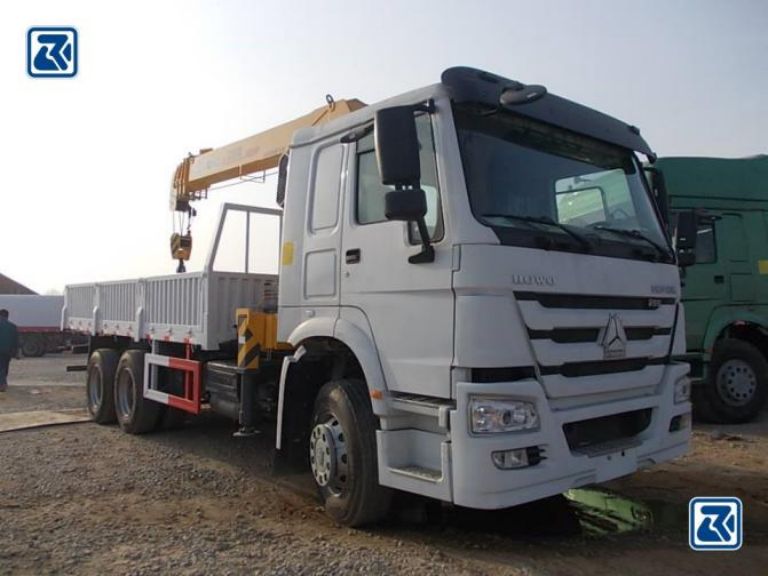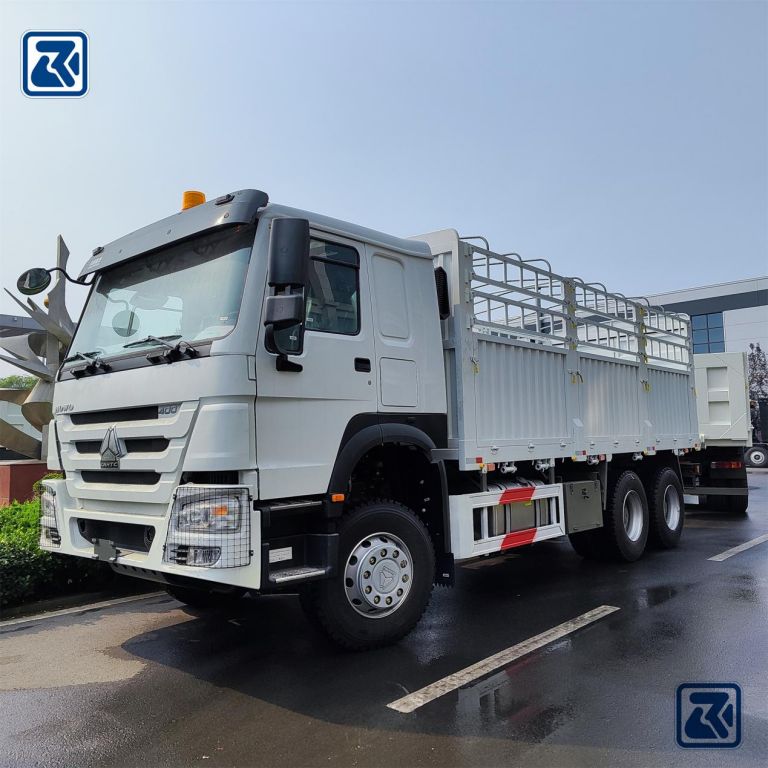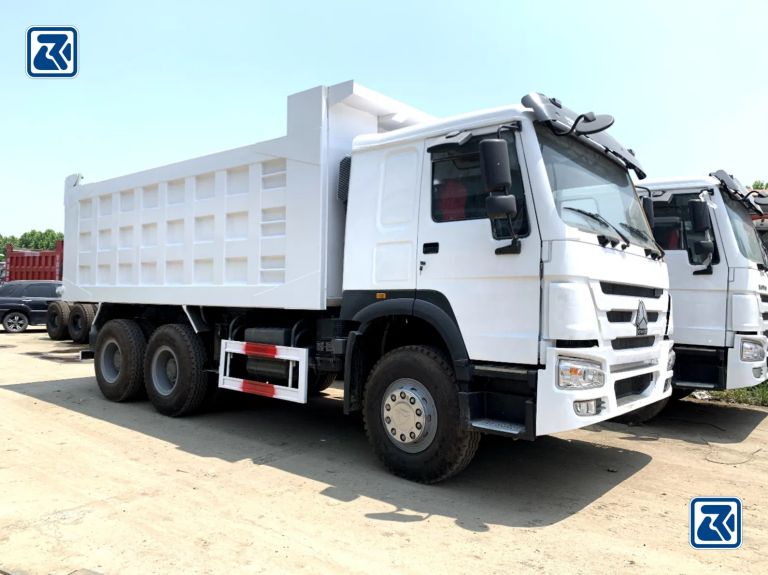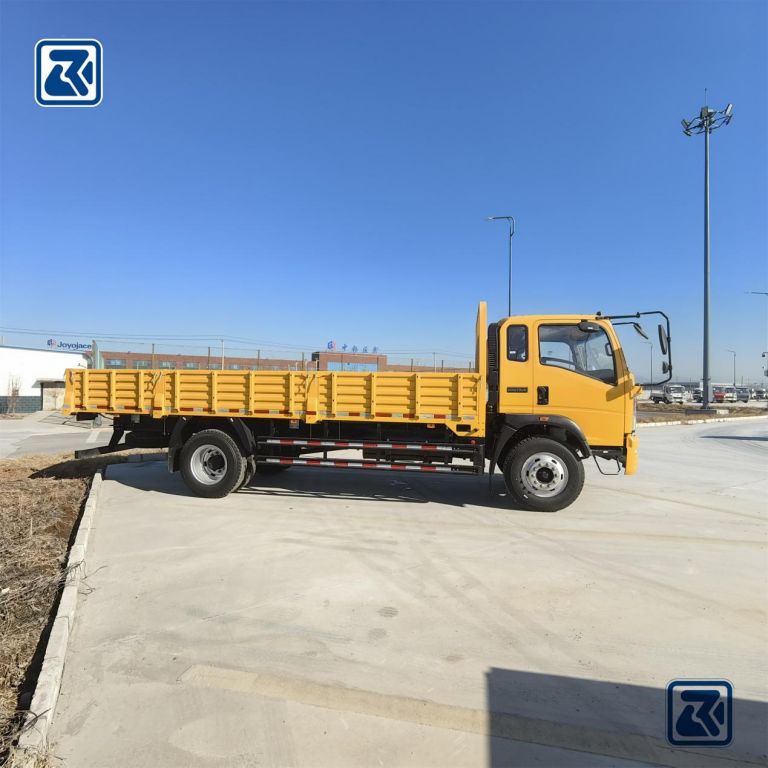NEEDL EMARK PT DJARUM .CN INTERNATIONAL GROUP CHINA CO., LTD. offers a wide range of truck mounted cranes. Among them, HOWO truck mounted cranes are our best-selling models. Understanding the fuel consumption of HOWO truck-mounted cranes is essential to optimizing operating costs and ensuring efficiency in various lifting tasks. Fuel consumption is affected by several factors, including the weight of the load being lifted, the distance traveled, the operating speed, and the terrain. In addition, weather conditions and the engine’s condition can also affect fuel consumption. Operators can effectively reduce costs and increase productivity by monitoring fuel consumption and implementing efficient operating practices.
Table of Contents
Factors affecting fuel consumption
Factors that affect the fuel consumption of HOWO truck mounted cranes include engine size, crane load, operating terrain, and driving habits. Understanding these factors and their impact on fuel efficiency is critical to optimizing crane performance and reducing operating costs.
Engine size: The larger the engine, the more fuel consumption it consumes. Therefore, the required lifting capacity, distance traveled and terrain should be considered when selecting an engine.
Crane load: The weight of the load being lifted directly affects fuel consumption. Heavier loads require more power to lift and move, which increases fuel consumption. Therefore, it is vital to balance the load and avoid unnecessary overloading.
Operating Terrain: The type of terrain on which the crane operates has a significant impact on fuel consumption. Operating on rough, steep, or hilly terrain requires more energy and fuel than operating on flat terrain.
Driving habits: The operator’s driving habits (e.g., acceleration, idling, and braking) have a significant impact on fuel consumption. Rapid acceleration and long idling time will waste a lot of fuel.
Get a tailored quote today and elevate your transport efficiency.
How to optimize crane performance to reduce fuel consumption
Regular maintenance: Regular maintenance checks can keep the engine in good condition, thus reducing fuel consumption.
Use load charts: Avoid unnecessary overloading and ensure load balance.
Plan operations according to the terrain: Minimize energy consumption during operations.
Train crane operators: Develop efficient driving habits such as smooth acceleration, avoiding frequent braking, and reducing idling time.
Use advanced technology: such as telematics systems that can monitor and analyze fuel consumption and optimize operations.
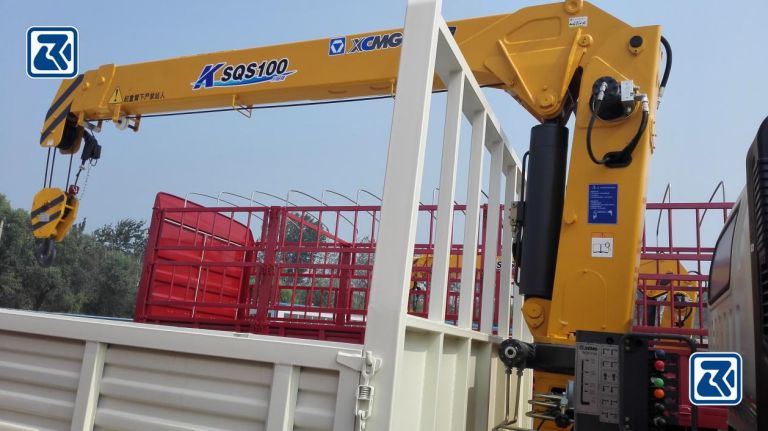
Average fuel consumption rate of different models
The average fuel consumption rate of HOWO truck-mounted cranes varies by model and capacity. Typically, smaller cranes consume less fuel compared to larger cranes because they require less energy.
For example, the average fuel consumption rate of an 8-ton truck-mounted crane is about 3-4 liters per hour, while that of a larger 10-ton truck-mounted crane is about 4-5 liters per hour. 12-ton truck-mounted cranes consume an average of 5-6 liters per hour, depending on the load capacity and operational usage.
Tips for reducing fuel consumption
You can effectively reduce fuel consumption and optimize the performance of your crane by following these practices:
Regular maintenance: Regular maintenance of the crane’s engine and hydraulic system can help improve fuel efficiency.
Proper tire inflation: Keeping tires properly inflated reduces rolling resistance.
Optimize driving habits: such as coasting near stopping points, avoiding excessive acceleration and braking, and maintaining a steady speed.
Reduce idling time: Try to avoid excessive idling time to reduce fuel waste and engine wear.
Use high-quality fuel and additives: Using high-quality fuel and additives can improve fuel economy.
Technical innovations to improve fuel efficiency
HOWO truck-mounted cranes have made significant progress in improving fuel efficiency and performance in recent years. The following technological innovations are designed to improve energy efficiency and reduce harmful emissions:
Advanced engine management system: reduce fuel consumption through effective power control and fuel supply.
Aerodynamic design: Improved airflow to reduce drag and improve fuel economy.
Energy-efficient hydraulic system: High-pressure hydraulic pumps and energy-saving valves designed to reduce wasted energy in operation.
Conclusion
A deeper understanding and optimization of fuel consumption of HOWO truck-mounted cranes is essential to improve project economics and operational efficiency. Choosing a fuel-efficient crane model and combining it with sound operation and maintenance practices can significantly reduce operating costs and improve the overall performance of the equipment. It is recommended to consult with the experts at NEEDL EMARK PT DJARUM .CN INTERNATIONAL GROUP CHINA CO., LTD. who can provide you with professional advice on how to optimize fuel usage under specific operating conditions, resulting in higher economic efficiency and more efficient operations!
FAQ
The average fuel consumption rate of different HOWO truck-mounted crane models varies, usually smaller cranes consume less fuel.
Fuel efficiency can be improved through regular maintenance, optimizing driving habits, reducing idling time, and using high-quality fuels and additives.
Regular oil changes, cleaning air filters, and checking the engine and hydraulic system to ensure efficient and reliable operation will reduce fuel consumption.

